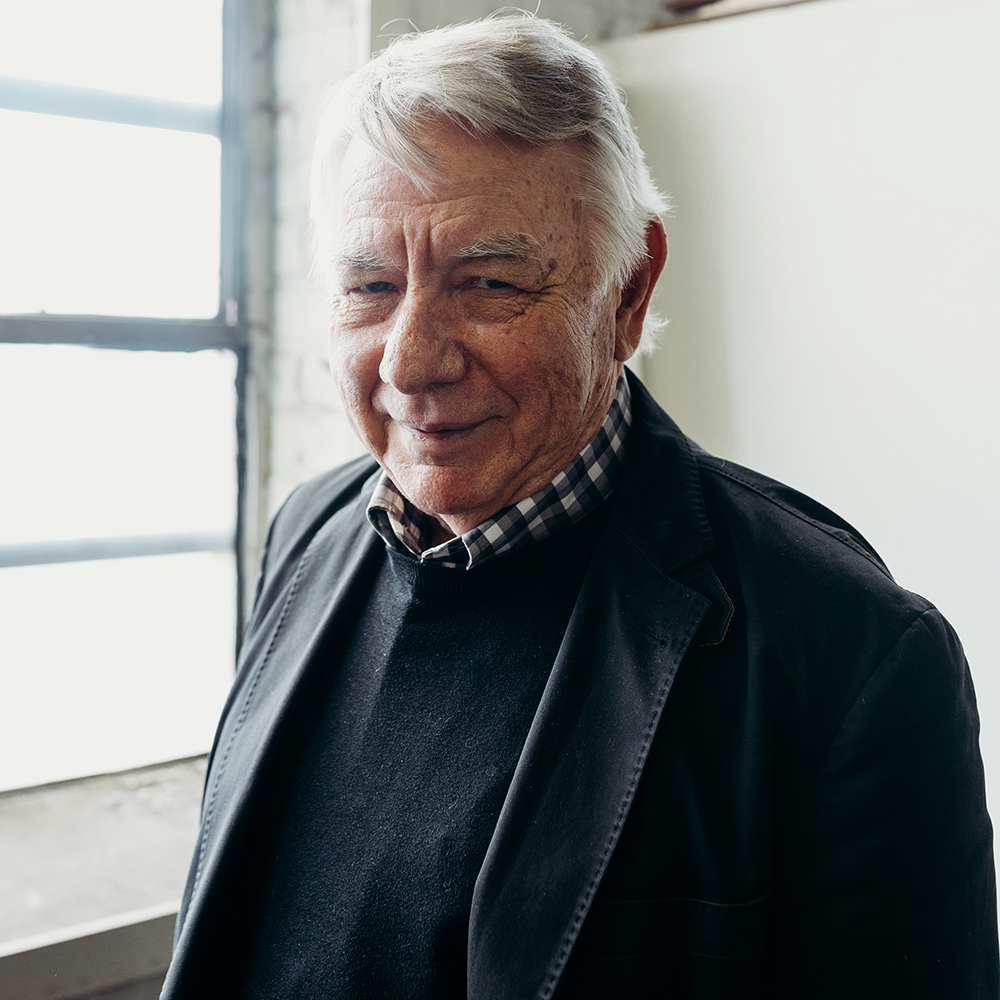
To say that Clark Richert will be missed is an understatement. We are grateful for having worked alongside him, for the privilege of celebrating his accomplishments with him, and for experiencing his brilliance and artistic excellence for many decades.
Clark Richert, Colorado-based contemporary artist, co-founder of the artist collective known as Drop City, and influential teacher passed away on December 24th at the age of 80.
Richert was born in 1941 and raised in Wichita, Kansas. He received his BFA from the University of Kansas in 1963 and was influenced by Abstract Expressionist artist Mark Rothko early in his creative development.
As he explained to MCA Denver in 2018, “I remember the minute when I made the decision. I was in a bookstore and I was going through their new books and there was one called, The Dictionary of Abstract Art. I wondered, ‘what is abstract art?’ I opened it up to a page with a Rothko print on it, and I was really puzzled by how that could be called art, so I bought the book and then I read the book, and then I think I became Wichita’s expert on abstract art. Then, of course, I lost the book.”
Drop City, the artist commune he co-founded with filmmaker Gene Bernofsky and artists JoAnn Bernofsky and Richard Kallweit near Trinidad, Colorado in 1965, continued through 1969. Comprised of domes and semi-dome structures, it was largely influenced by a speech from R. Buckminster Fuller, who called for college students to remake the world in their interests and the potential of Fuller’s geodesic dome as an easy-to-erect habitation. “The Droppers”, as they called themselves, salvaged the materials, like chopped-up car tops, for the construction of the geodesic domes. Many individuals thought the term “drop” referred to dropping out or dropping acid, but the reference came from dropping art.

“One of the people (Gene Bernofsky) that I started Drop City with lived with me in Lawrence, Kansas when I was at school. We would go on the top floor of a building on Main Street, and we’d go up to the roof and paint things and drop them down and watch the way it’d affect the passerby. We got more and more into it and we started calling it drop art. Then we decided everything we did was drop art…we had unwitting spectators. Drop City was a work of drop art.”
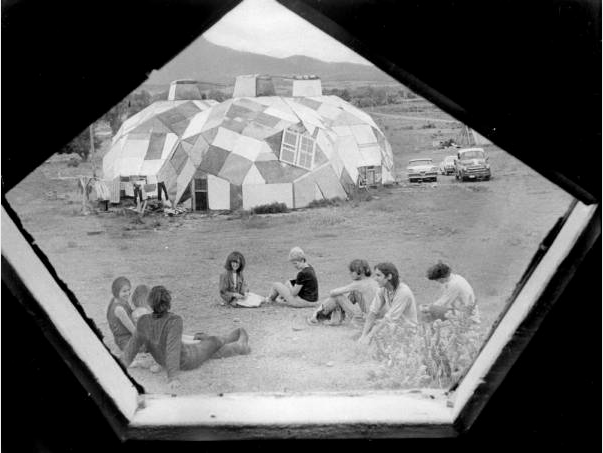
Drop City remains one of the most renowned artist communities to date. In 1966, he was co-recipient of the Dymaxion Award from Buckminster R. Fuller for “poetically economic structural accomplishments” for his work with Drop City.
In 1972, Richert received his MFA from the University of Colorado, and in 1974, Richert started a new art collective, Criss-Cross, with members Charles DiJulio, Richard Kallweit, and Fred Worden, all of whom he met at Drop City, and were now based in Boulder, Colorado. The newly formed collective explored similar themes as with Drop City, such as mathematics and nature, but also in themes of pattern and decoration. The collective published periodicals called, Criss-Cross Art Communications, which were available by subscription. The periodicals shared ideas, featured artworks from members of the creative community, and functioned in a “synergetic” interaction between like-minded artists for creative experimentation and exploration. Criss-Cross was active from 1974 to 1980, and grew to include creators like filmmaker Fred Worden, University of Arkansas painter/printmaker Marilyn Nelson, and New York artists Gloria Klein, George Woodman and others.
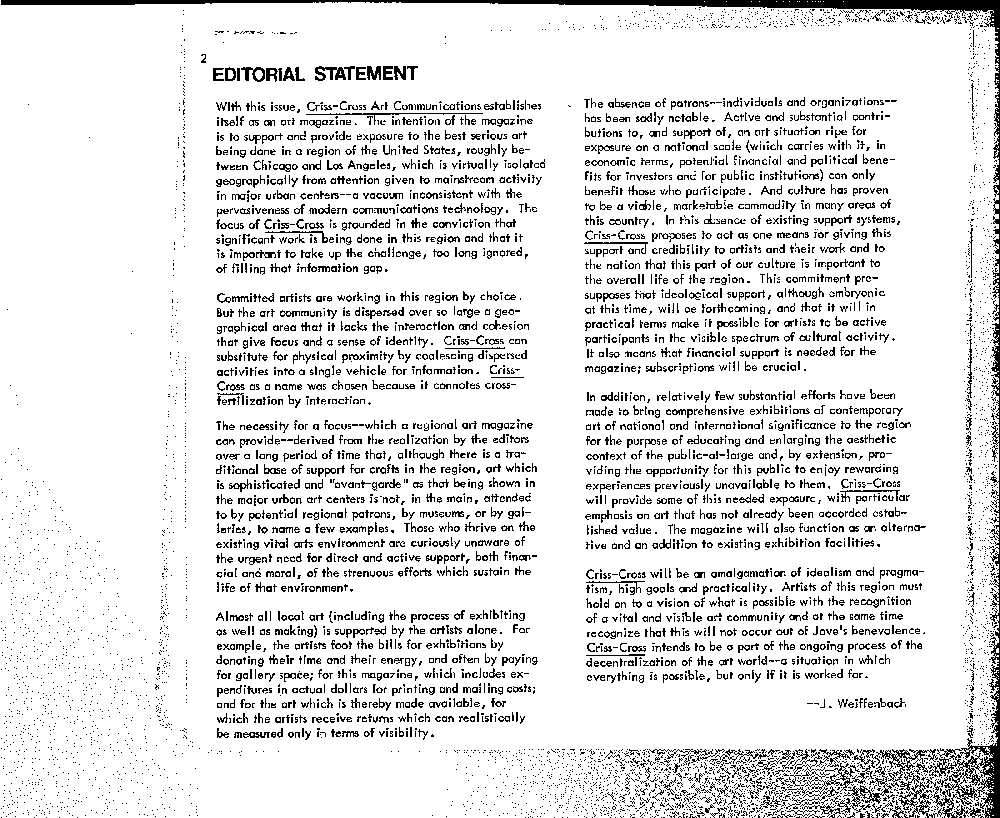
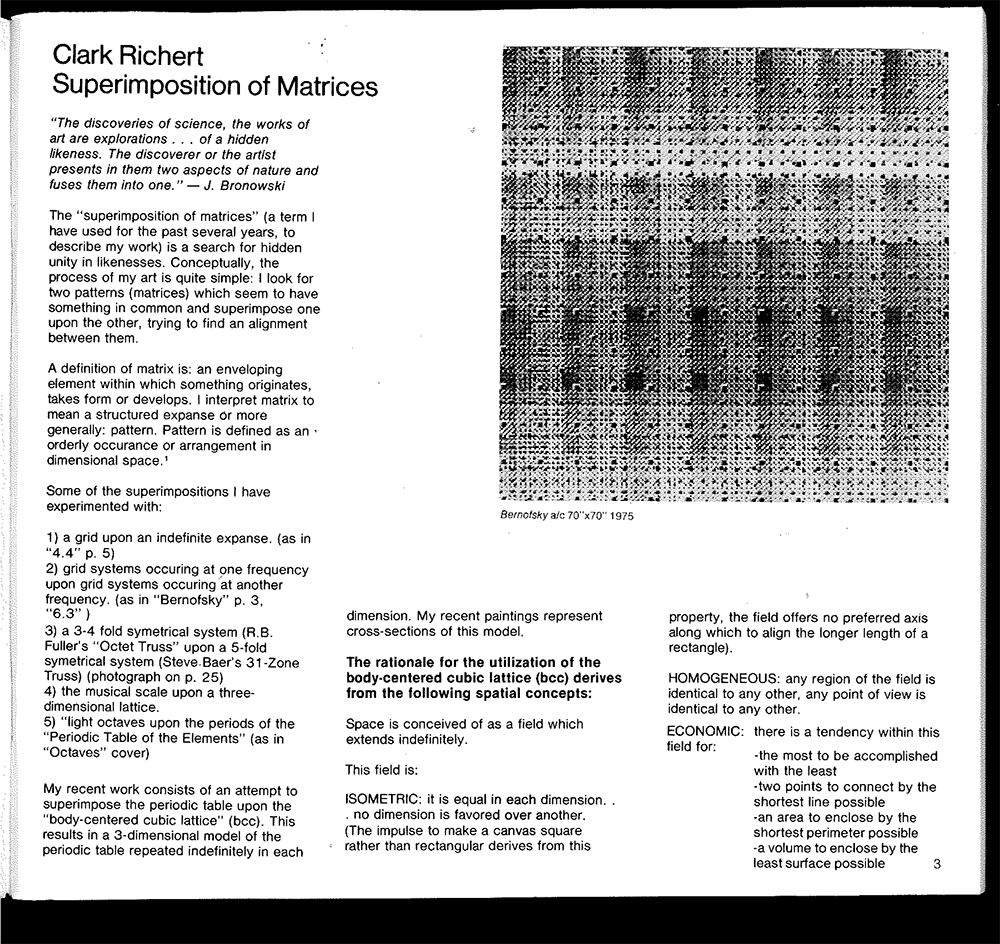
In 1980, Richert was awarded a National Endowment for the Arts Fellowship.
Clark Richert’s history with the Museum of Contemporary Art Denver is long and extraordinary. His artwork, Study of Riemannian Tangencies, is one of three permanent artworks at the museum.
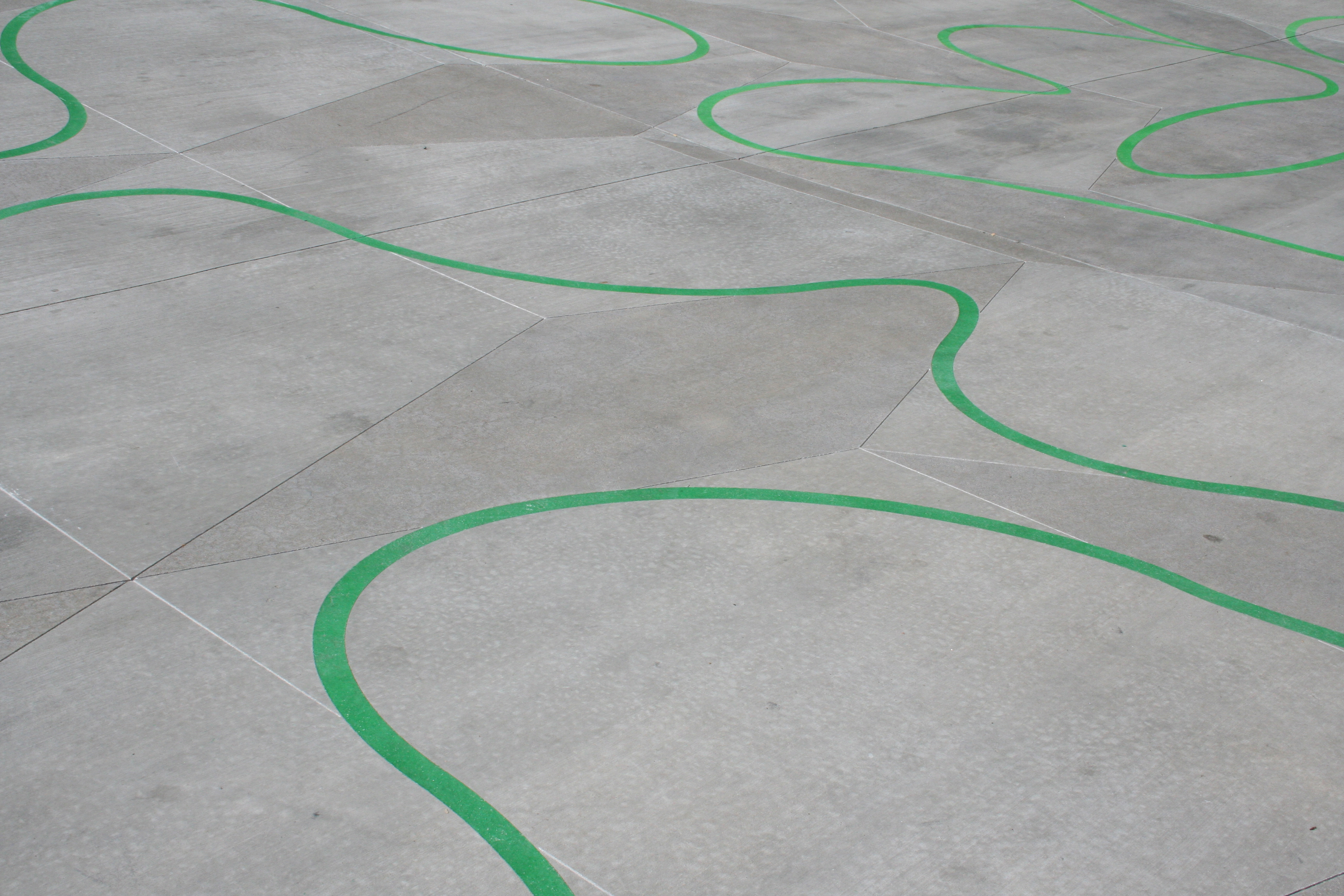
West of Center: Art and the Counterculture Experiment in America, 1965 - 1977, curated by Elissa Auther and former Director, Adam Lerner, opened at MCA Denver in 2011. The exhibition presented unique works across all mediums from a collective of artists and creators based in the American West who broke the barriers between art and lifestyle and embraced the new, hybrid sensibilities of the countercultural movement. A re-creation of the legendary Ultimate Painting (1966), a spinning circular canvas made for Drop City’s Theatre Dome that was lost after an exhibition at the Brooklyn Museum in 1969, was recreated in 2011 by Richert, one of its original makers.
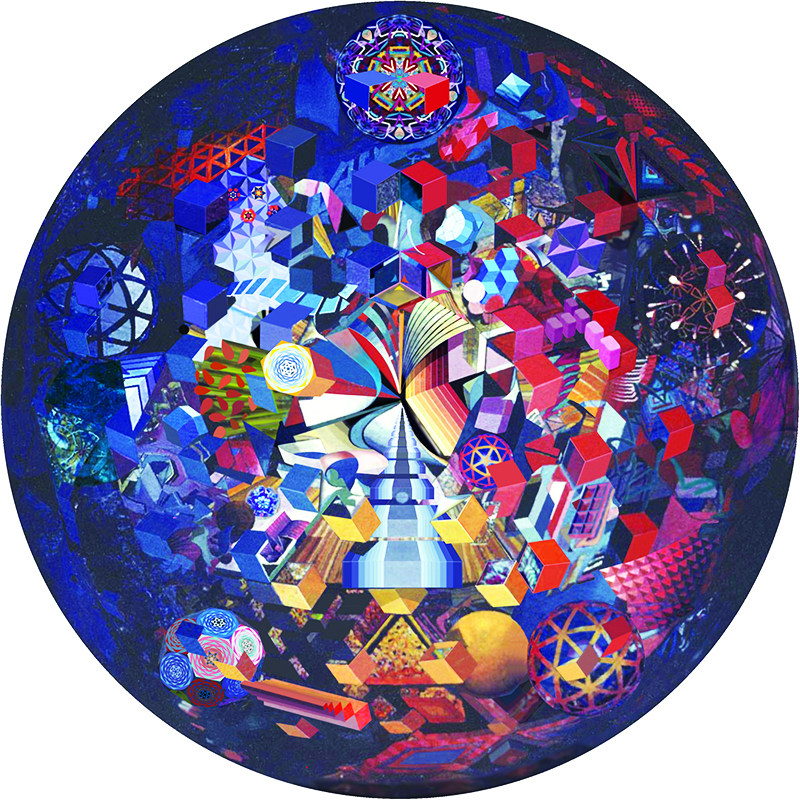
In 2019, MCA Denver’s retrospective of the artist’s luminous career, Clark Richert in hyperspace, curated by Zoe Larkins, highlighted the specific aesthetic and philosophical questions that had informed Richert's oeuvre for more than fifty years. The retrospective reconciled Richert’s paintings with his work at Drop City, the artist commune and collective that Richert co-founded near Trinidad, Colorado. It drew connections between this foundational period and his paintings of subsequent decades by tracing the conceptual line that runs through the length of his career and explained how his ongoing interest in dimensionality—the characteristics of and the relationship between one, two, three, and higher dimensions—has shaped his approach to art-making.
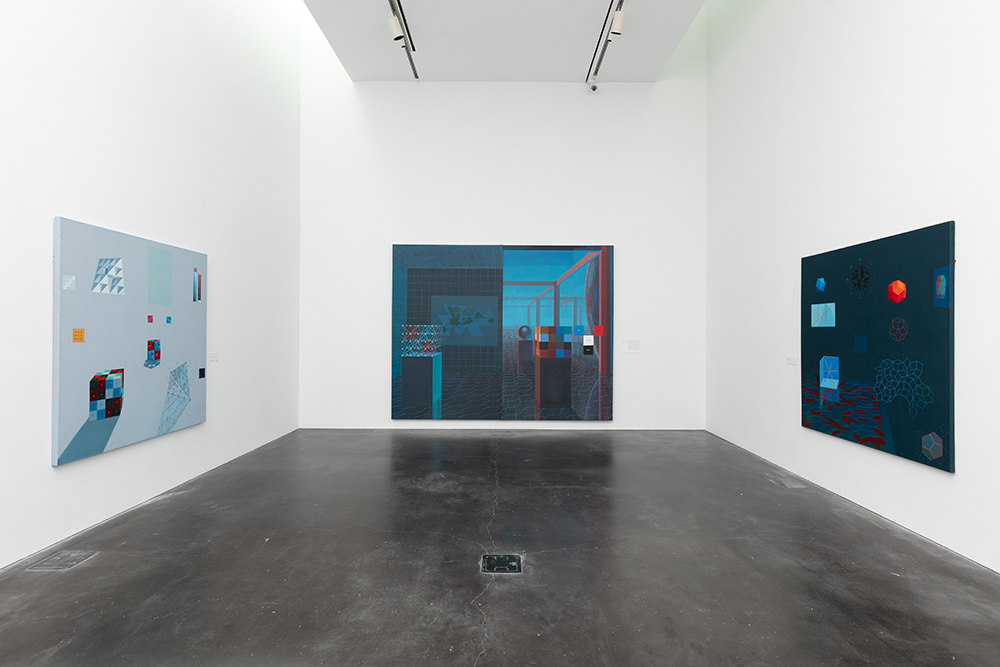
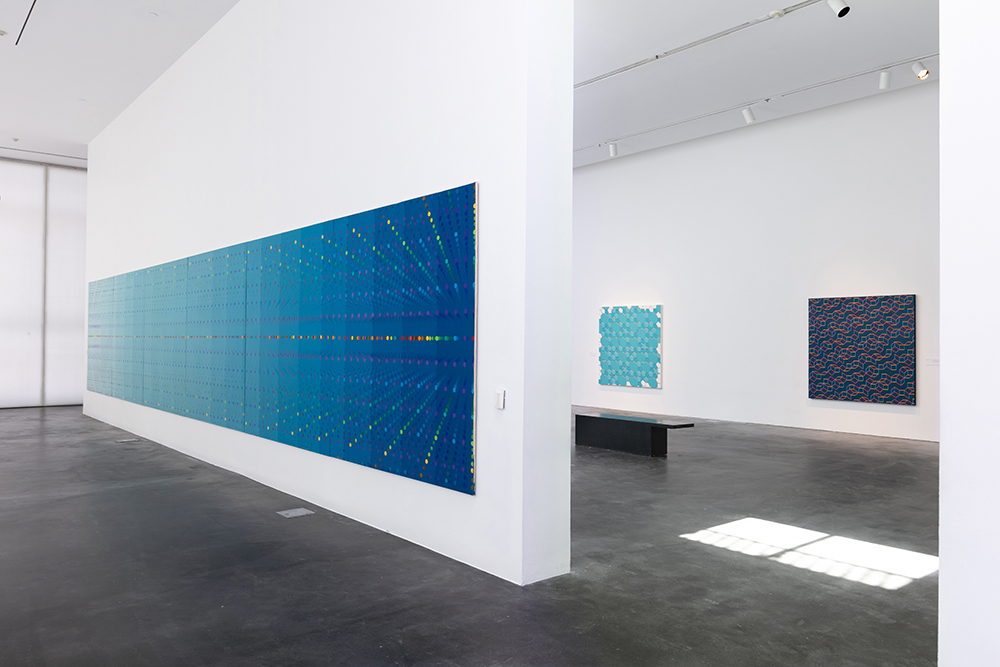
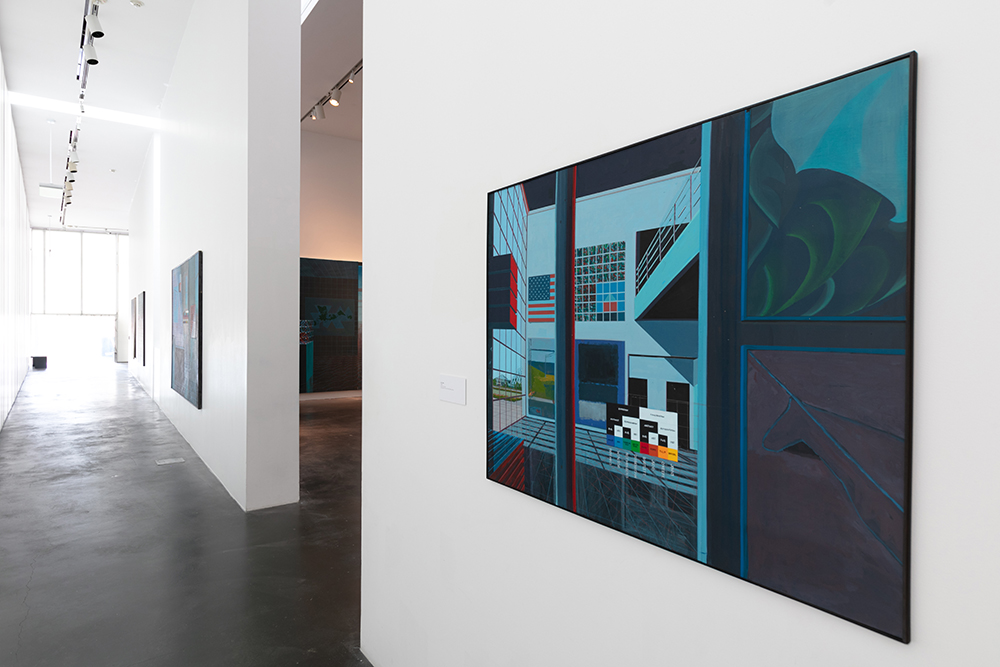
Complementing the retrospective, an exhibition titled The Nth Dimension ran simultaneously to highlight artists who were influenced by Richert’s artistic methodology and his study with dimensionality. It featured artists Joseph Coniff, Gregory Hayes, Jason Hoelscher, Matthew Larson, Karen McClanahan, Kate Nickel, Bruce Price, and Zach Reini.
Jason Hoelscher and Joseph Coniff, whose work was featured in The Nth Dimension exhibition, reflect on Clark.
“Clark was a kind and generous genius with a great (and weird) sense of humor that ranged from obvious and hilarious to so subtle that it was easy to overlook. He also had a great knack for helping you tweak the settings on your own perceptions of the world, so you’d end up seeing the familiar in a new way that was just different enough to spark all sorts of new ideas and insights. If you saw the world at a basic 72 dpi when you met Clark, you soon saw it in full, high-res 300 dpi. He was a wonderful person in the literal sense—as in, full of wonder—and I think a big part of Clark’s mission on this planet was to share that sense of wonder with others.” -Jason Hoelscher
“I feel incredibly fortunate to have had Clark as a mentor and friend. We are left with his unforgettable lessons on art and life, his wonderful stories, and a lifetime of his work and research. These are true gifts. Thank you, Clark.” -Joseph Coniff
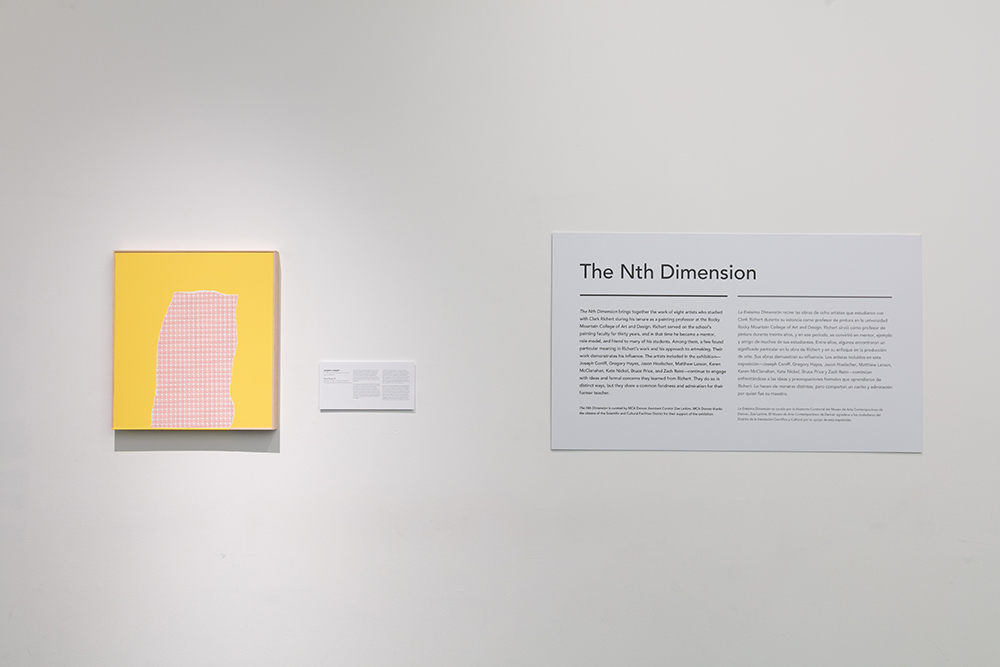
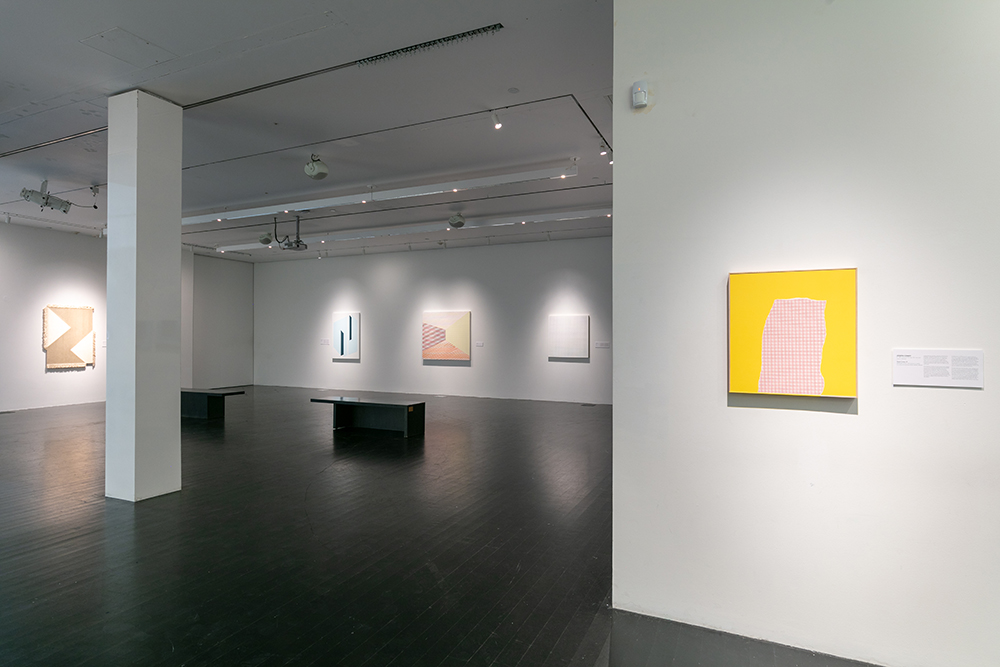

Clark Richert’s impact on MCA Denver materialized in other projects as well: he was one of the initial artists in MCA Denver’s Octopus Initiative; served on MCA Denver’s board for three years and was instrumental in the early days of the organization. He taught at the Rocky Mountain College of Art and Design and mentored countless artists and curators, deeply impacting the visual arts community of Denver and well beyond.
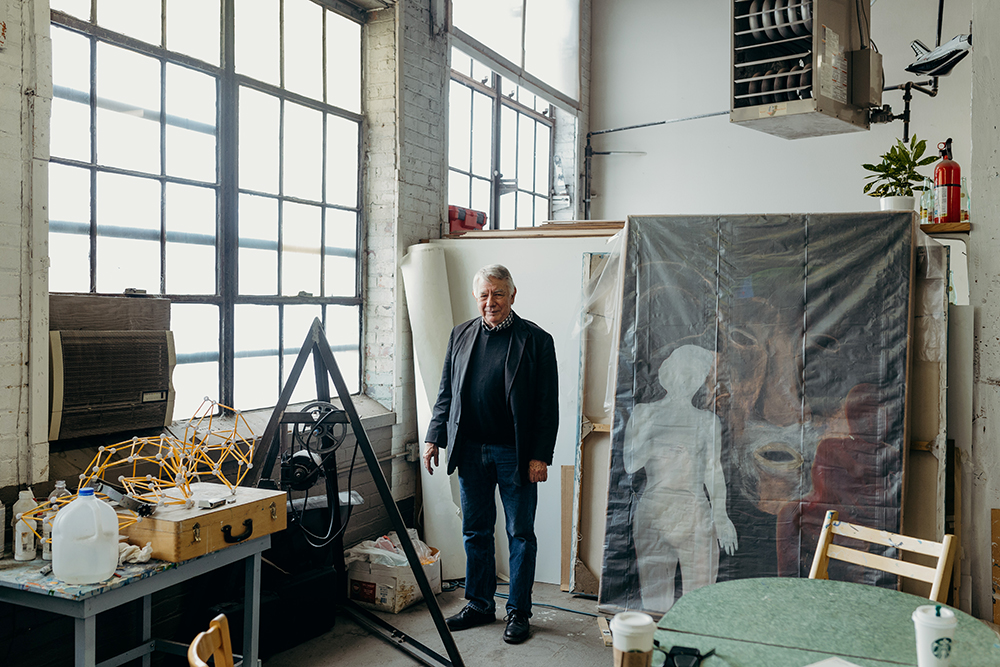
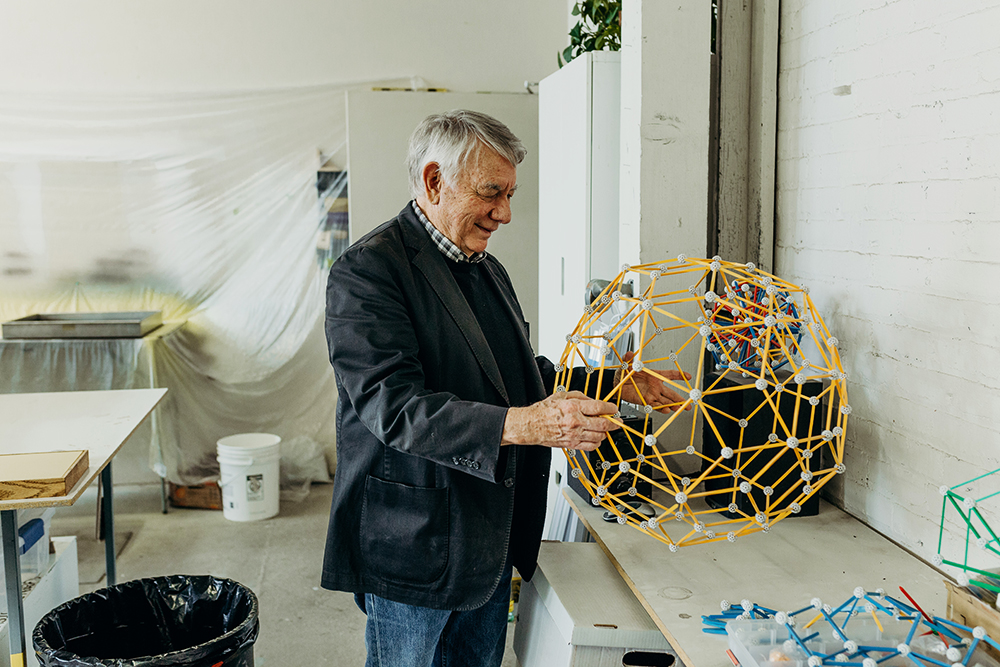
Richert's work has been exhibited at museums across the U.S. including the Walker Art Center, Minneapolis, MN; the Cranbrook Art Museum, Bloomfield Hills, MI, the Brooklyn Museum; and the Berkeley Art Museum, Berkeley, CA. His work can be found in the collections of the Smithsonian American Art Museum, Wichita Art Museum, Kirkland Museum of Fine and Decorative Art, Denver Art Museum, and at Denver’s Born Hotel & ART the Hotel, among others.

Learn more about Clark Richert:
Read: Clark Richert and Drop City
Read: Instagram Exhibition: Criss-Cross Applesauce
Listen: Oral History Interview w/ Clark Richert and Elissa Auther - Archives of American Art